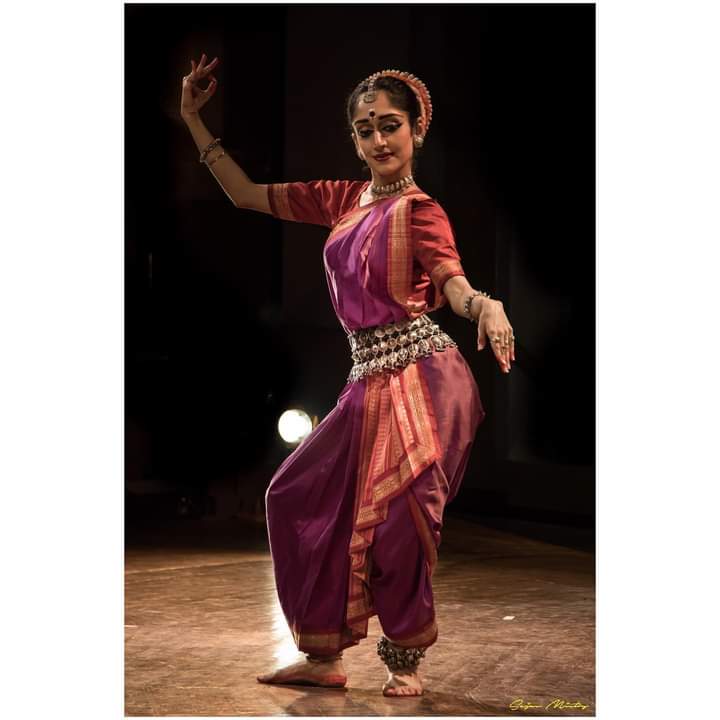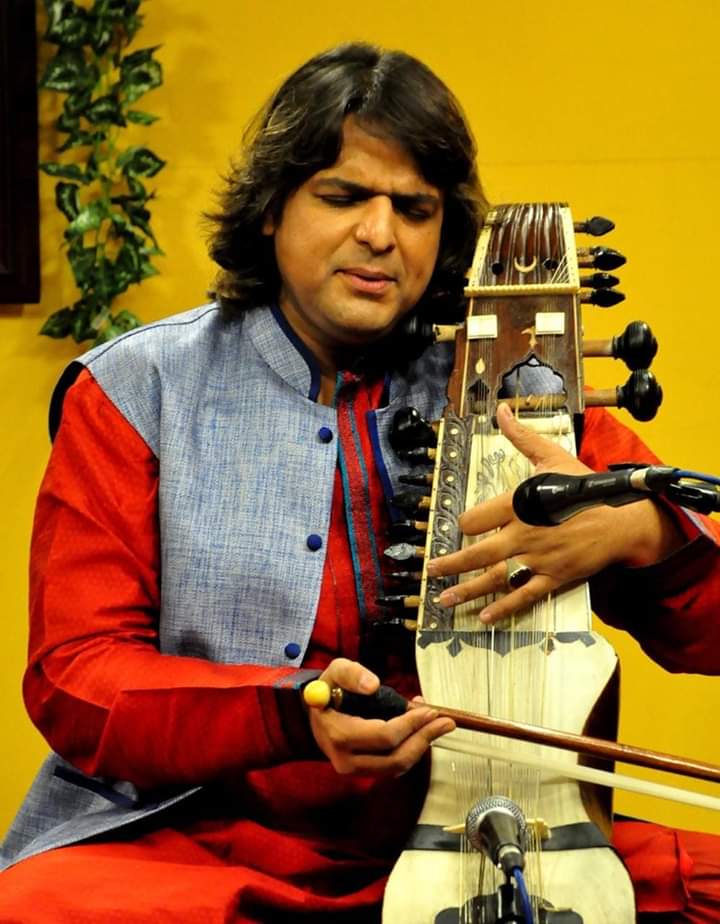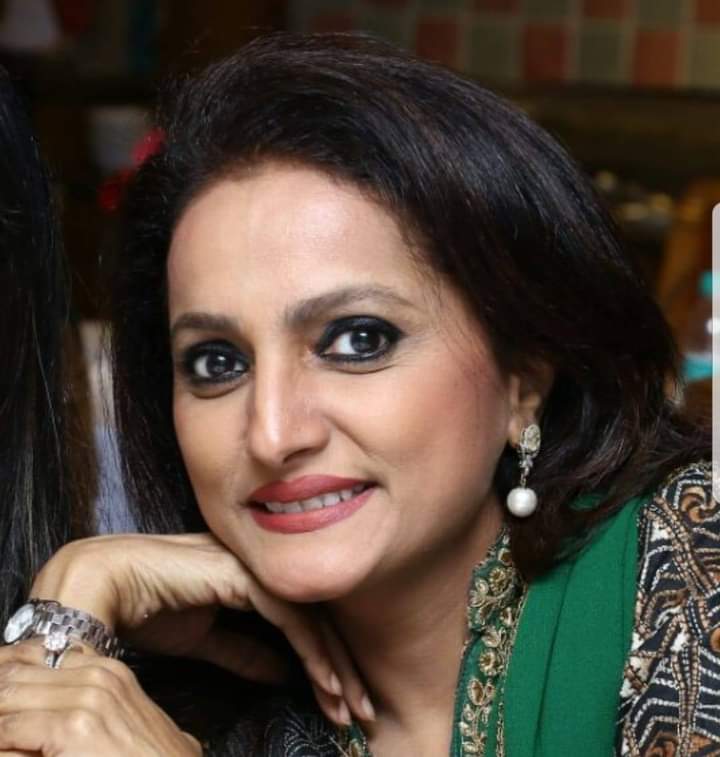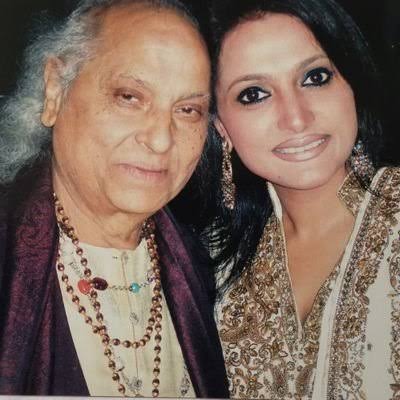‘Utsaah’ Portrays the Joy to bring Indian Classical Music to the Fore!
The hugely popular ‘Utsaah’ #spreading happiness series bestows a unique dual format bringing in engaging interactions between the artists with the host, followed by the live performances. Durga Jasraj Founder Art & Artist, who’s the daughter of legendary Indian classical vocalist, Sangeet Marthand Pandit Jasrajji has taken the baton to enhance the reach and penetration of Indian classical music to a whole new level with this show.
Bringing together both young and established performers from the world of Indian classical music, dance and folk traditions, the series features vocalists, instrumentalists and dancers.In it’s 230+ episodes ‘Utsaah’ has created 5 Billion Impressions on Facebook alone.
It is the first digital talk show, which started during the lock down period and goes on till date, involving interesting conversations about the life and journey of an artist bringing in many stories, trivia and life experiences, which the artists rarely get to share. We spoke to some eminent and young artists, to explore the ‘Utsaah’ experience from a performers perspective, some excerpts…
Young and elegant Odissi danseuse Arushi Mudgal, belong to an illustrious musical family being the Grand Daughter of Pandit Vinay Chandra Mudgalyaji and the Daughter of the leading Hindustani Classical Vocalist Pandit Madhup Mudgalji.In her conversation with Durgaji, Arushi brought insight on her taleem under her illustrious guru the legendary Odissi exponent Madhvi Mudgalji, who shares a great bond with her as she also happens to be her Aunt(bua).
Arushi talks about her journey into the world of dance and why she chose dance and not music as a career, says,” Choosing dance was perhaps my natural inclination to groove to any music.Although, I learnt both music and dance but I felt so much joy when I danced. Of course, I grew up watching Madhviji practice and who eventually became my inspiration to take up dance. She is a perfectionist and perfection for her is not just in the technique of dance, but, also in every aspect of the performance, be it the stage, decor, lights, and it’s overall aesthetics. It’s about that perfection all around you,so doing anything less is not just an option.”
She adds,” Our family shares a great bond with Durgaji and Pandit Jasrajji and it was great fun interacting with her as if it was with an older friend.I and Durgaji reached those days when Panditji used to visit our home. I have seen Panditji very closely, when I was too young even to understand the gravity of whom I was interacting with.
Once my grandmother asked me to sing a song to Panditji, so I sang a song ‘Chaa gaye badar’ from the film Chitralekha to him. Durgaji remembered that incident and asked me to sing on the show, and I sang ‘Baiyan na dharo’. I feel it’s a platform, where an artist can kind of unwind and let you know a bit more of what they do apart from their regular performance repertoire. Regarding my performance on Utsaah, I did one of Madhaviji’s choreography called ‘ Vasant’ and a piece called ‘Kamala’ which has one Shloka composed by Pandit Jasrajji.”
Tabla Maestro Pandit Shubha Maharaj, who’s the grandson and disciple of Pandit Krishan Maharajji brings light on his ‘Utsaah’ experience says, “I was invited by Durgaji in the very initial phase of Utsaah, when Pandit Jasrajji was alive and was listening to us. It was a very informal kind of a conversation with her as we share close family ties, since there was a very close relationship between Pandit Kishan Maharajji and Pandit Jasrajji.
We had a lot of discussion on their bond, as they performed a lot together. In those times when Maharaji used to go and meet Panditji at his residence in Mumbai.Once Pandit Jasrajji came and performed with Kishan Maharaji in front of the Lord Ganesha Idol, which has been sculpted by Pandit Kishan Maharajji himself at his residence in Benaras in Ganesh Kaksh, which is a home baithak (concert hall), where many eminent performers have performed. I remember I was around 7-8 years old then.”
He adds,” Performing digitally during lockdown, was quite an experience and a challenge since there were no possibilities of having a harmonium accompaniment, so we had to play the Lehra on the phone and adjust the laya manually. Durgaji told me to play the speciality of Benaras Gharana the ‘Dhamar Taal ‘, which I played initially.I tried to demonstrate the ‘Khula Baaj’ of Pakhawaj Ang in ‘Dhamar Taal’ followed by Teen Taal, which I played for the next half of the concert.”
Talking about how ‘Utsaah’ is different from any other digital platform, Shubh Maharaj said,” Utsaah has been a trendsetter in its very own right as it started in the initial phases of lockdown, so many channels picked up a trend of having conversations with the artists following it. But, one thing that bothers me is, that after just two days of my performance in Utsaah, the content was all over the internet and on Youtube, and people started monetising on views and subscriptions.
With all these apps you can download videos from Facebook, so there is no exclusivity. So, I feel some exclusivity needs to be there, and content should be on their Art & Artist website, since I played certain things for them, which I never play in my usual concerts.”
Sarangi Maestro Ustad Kamal Sabri, son of the late Sarangi Maestro Ustad Sabri Khan tells about his interaction with Durgaji tells, “We had a wonderful time talking, because she also comes from a musical background and understands musicianship very well. Durgaji knows how to get the best out of any musician and it was one of my best interaction on Music so far.”
He adds,” I performed Raga ‘Gaud Malhar’ which was her choice, since it was the rainy season and many musicians had already performed Raga ‘Miyan ki Malhar’, following which I performed a couple of compositions and a Kajri of Purab Ang ‘Bhiji jaun main piya bachaye liyo’. It was a pleasure performing at ‘Utsaah’ which has a very different kind of an audience,who are serious listeners of Indian classical music, and understand the raga and compositions deeply.”
Vidushi Shalmalee Joshi is one of most foremost exponents of Jaipur Atrauli Gharana and disciple of legendary musician and composer Pandit Ratnakar Paiji, who taught gave her the advance training on the intricacies of the Jaipur Gayaki along with a vast repertoire of Anwat (Rare Ragas) and Traditional compositions.
Talking about her performance in Utsaah Shalmaleeji tells,” In my initial conversation with Durgaji she told me that looking at my repertoire, she would look forward to listen an Anwat Raga along with Raga Bihagda.Likewise I performed both starting my presentation with Raga ‘Godhani’ which is a very rare unheard raga and is very close to Ragas Bhinna Shadaj and Hemant.
I performed the bandish ‘Goya Gad Re Ke’, which is composed in Jhaptaal. The speciality of this bandish is that it’s sam is ‘Ateet’, i.e the Sam of the bandish comes just after the sam.This is a very uncommon raga and we do not find any recordings of this raga sung by any musician on any media.”
Talking about the digital concert scenario she says,”During the time of corona when live concerts were not happening, digital concerts came as a new avenue to showcase both the art and the artists. But, I strongly feel that with these concerts, if a sponsor is also incorporated it can also help the artist community monetarily in the testing times, since our music is not just pure entertainment, it’s a sadhana of a lifetime, and it should not be presented for free.”
“I feel you can achieve many materialist things in life, but classical music is a divine art form, which you need to follow with a purity of mind and the soul, and with absolute dedication and commitment towards your guru and your art, which is very important.’Utsaah’ is the way ahead to propagate our music, traditions and culture to a global audience, inspiring many to follow this alternative path to spirituality,”she concluded.













